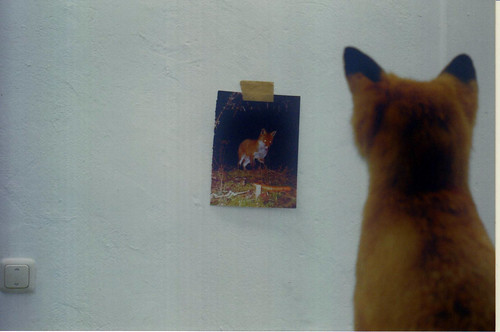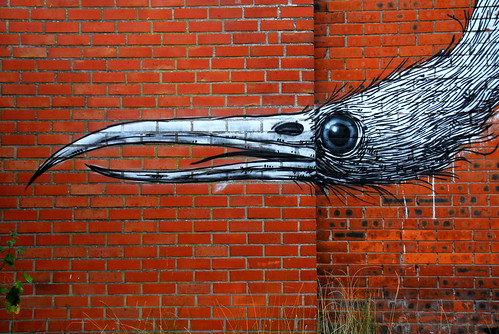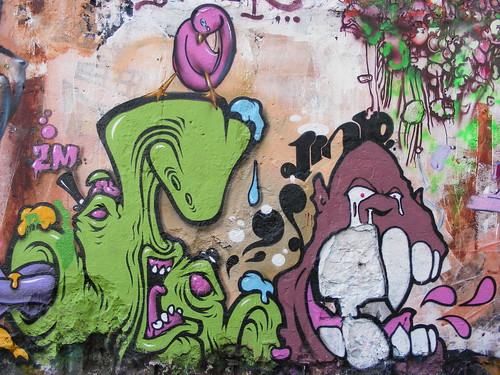Monkey brain signals mental wanderlust
“Humans aren’t the only animals who wonder if the grass is greener elsewhere, but it’s hard to abandon what we know in hopes of finding something better,” explains John Pearson, research associate of neurobiology at Duke University and the study’s lead author.
“Studies like this one help reveal how the brain weighs costs and benefits in making that kind of decision,” Pearson says. “We suspect that such a fundamental question engages many areas of the brain, but this is one of the first studies to show how individual neurons can carry signals for these kinds of strategic decisions.”
For the study, researchers looked at how nerve cells fired in a part of the brain known as the posterior cingulate cortex when the monkeys were offered a selection of rewards. When the monkeys decided to explore new alternatives, the neurons, for the most part, fired more strongly.
The monkeys started with four rewards to choose from, each a 200 microliter cup of juice. After that, the four targets began to slowly change in value, becoming larger or smaller. The monkeys were free to explore the other targets or stay with the initial target, whose value they knew for certain.
Monkeys had to select an option to learn its current value and integrate this information with their knowledge of the chances of getting more juice at a different target. By studying the individual neurons, the researchers could predict which strategy the monkey would employ.
“These data are interesting from a human health perspective, because the posterior cingulate cortex is the most metabolically active part of the brain when we are daydreaming or thinking to ourselves, and it is also one of the first parts of the brain to show damage in Alzheimer’s disease,” says Michael Platt, professor of neurobiology and evolutionary anthropology and the study’s senior author.
“People with Alzheimer’s become set in their ways and don’t explore as much, which may be because this part of the brain is damaged,” Platt adds.
“Likewise, in people with obsessive-compulsive disorder, they can become fixed on certain activities or patterns of activity and can’t disengage from them, which may also relate to changes in this part of the brain that renders them mentally unable to switch gears between exploring and exploiting.”
More research is needed to learn about how this part of the brain functions, which might be crucial to the flexible adaptation of strategy in response to changing environments, Pearson notes.
The study, which was published in Current Biology, was supported by a National Institute on Drug Abuse postdoctoral fellowship, a National Institutes of Health grant, and the Duke Institute for Brain Studies.
Duke University news: www.dukenews.duke.edu/




















